What Semaphore Beach was like in the 60s and 70s
TRAINS up the main street. Beach shacks right on the foreshore. Sideshows, the ferris wheel, noise, life colour and fish and chip. This is Semaphore beach in days gone by.
AHH, the good old days of Semaphore, when the train ran right up the main street and the sideshows were on the beach all year.
Back then, Semaphore was identified as a genuine holiday destination to which thousands of people flocked annually with their families for the summer break.
Errol Chinner, local historian and executive member of the Port Adelaide Historical Society can recall those years when Semaphore was, for many, the only place to be in summer.
“Up until 1978, the train came straight up Semaphore Rd, right up the main street, and brought people directly here for their holidays,” he says.
“Every January, for example, the train brought the Broken Hill miners and their families to the Associated Smelters tent camp on Strathfield Tce, behind the old fort.
“They’d been coming for years and that went on until well into the 1960s.”
The construction of the railway in 1878 first drew scores of affluent holiday-makers.
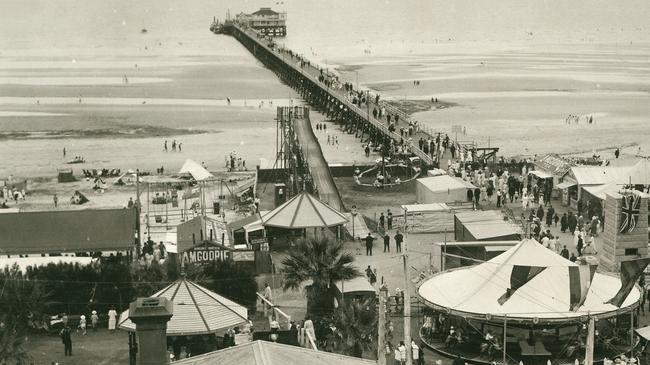
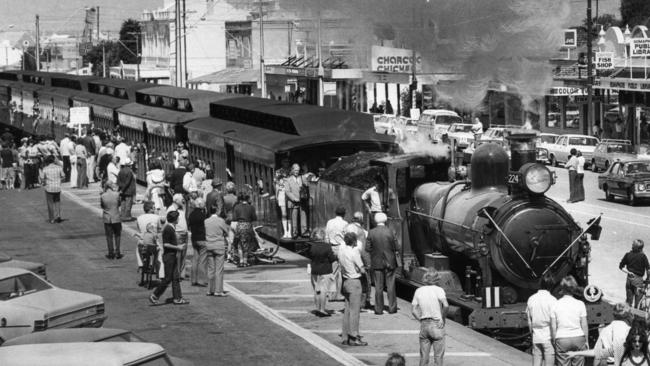
They came to the seaside suburb for the carnival attractions, sideshows and open-air cinemas. The line branched off at Glanville Station, ran along the centre of Semaphore Rd, until it terminated right next to the Esplanade.
Semaphore Railway Station was located east of the Esplanade. The original building has been demolished and practically no evidence of it remains. The rail track was also pulled up.
“In those very early days there were lots of places to stay,” says Errol.
“The guesthouses, hotels, holiday lets, boarding houses and camping grounds. There were even shacks along the foreshore, although I was never sure whether they were legal or not, and there were beach changing rooms at one stage. We also had a caravan park of sorts. Every year, crowds would flock in their thousands to the sideshows at the beach.”
Errol remembers that many of the guesthouses were right on the Esplanade, in the foreshore area. They were usually multistorey. Most have gone now, although a few survive and have been turned into private residences.
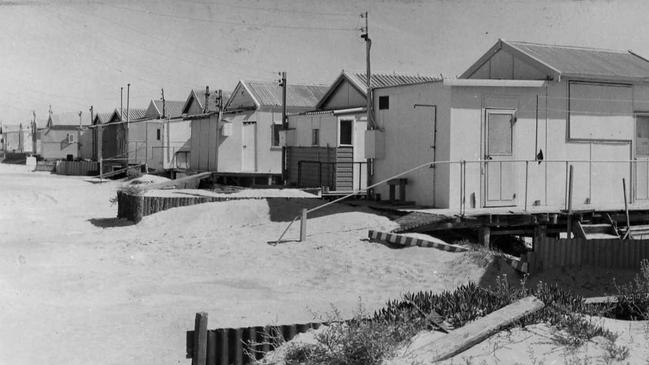
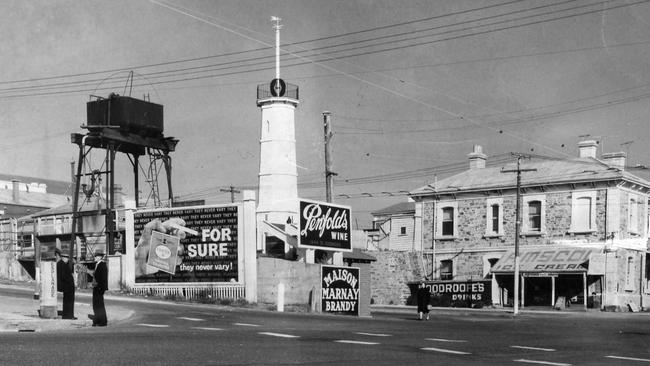
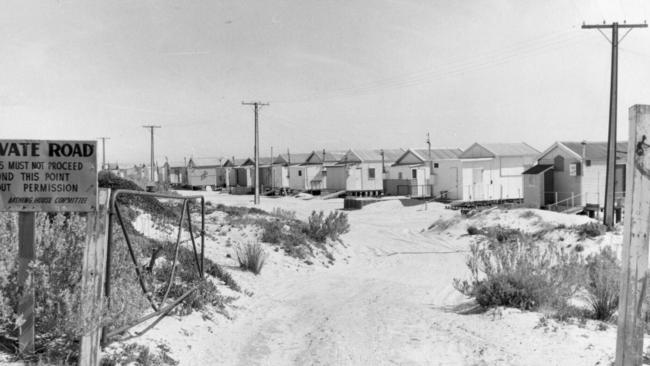
“It started way back in the 1850s, when George Coppin built what became the first Semaphore hotel and he put up a signal mast in his back yard. In Britain, they called it a semaphore mast and that’s how Semaphore got its name.
“It was a great place to live, grow up and work, with the trains, the beach, the carnival, the people and the atmosphere.”
Many Boomer readers might recall the trains moving slowly up the main street, with the guard ringing a cowbell as a warning of the approaching hazard.
Over the years, those trains changed from the first steam locomotives to the Barwell Bulls and, of course, later came the Redhens.
Redhens had little or no airconditioning and in summer, passengers would prop the door open to let in some cool air, a highly dangerous practice which would be frowned on these days but seemed to be tolerated at the time.
“The thing I most remember about the sideshows is they faced back from the water, with back entrances from the seaward side, facing the lawns and catching the people,” Errol recalled. “They were your typical sort of attractions, including a ferris wheel, the much-loved and celebrated carousel, dodgem cars, clowns with the rotating heads, the darts and the daisy air guns and, of course, various rides. The area was always packed on a weekend with crowds of very excited people.
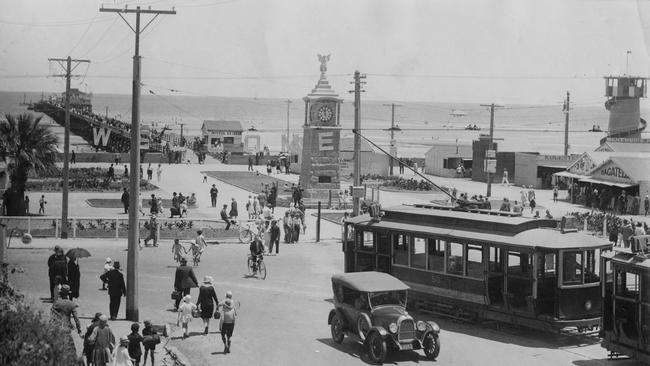
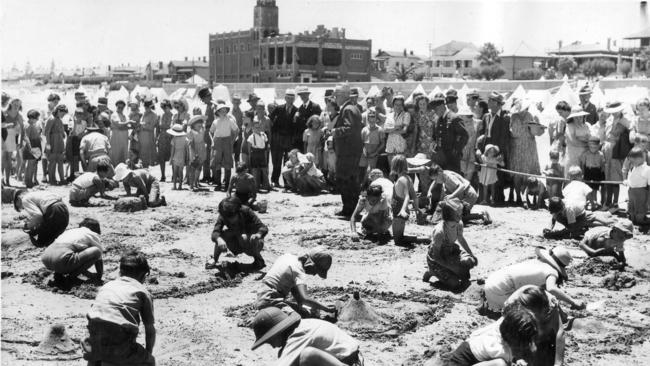
“The old Semaphore carnivals were really the mainstay of entertainment at Christmas time and I remember running a concert when I was principal of Le Fevre School.
“We had all the local schools singing carols and providing other entertainment, and, being surrounded by the sideshows, we were hardly able to make ourselves heard.
“There was always so much noise, activity and life.”
The sideshows started to die out or wind down about the mid-90s; they now reappear annually but are longer on the beach permanently.
According to Errol, Semaphore has certainly changed over the past 20 years especially with the departure of the permanent carnival. But he also believes the village atmosphere has increased, with the street eateries virtually taking over on the weekends.
“Every Saturday and Sunday, now, the tables come out on to the footpaths and the crowds gather to enjoy a different sort of camaraderie to the sideshows,” he says.
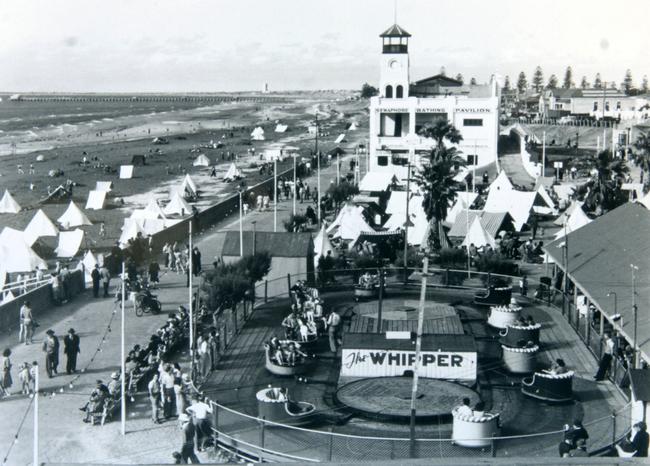
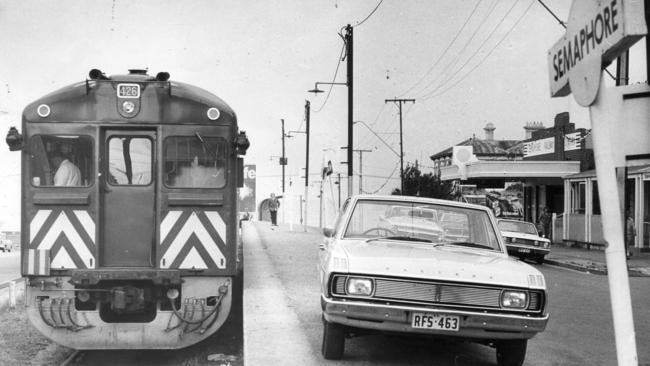
“Whereas once upon a time you’d go to the sideshows and have fish and chips, sitting in the sand with your back against the seawall, now you can enjoy fine food in more elegant surroundings.
“Since they’ve revamped the Palais, and they now have the cafe operating on the weekends with live music and bands, the holiday atmosphere remains. And I’ve just learned recently that the picture theatre, the Odeon Star, will continue to operate and show pictures until about 2021. It’s all good.”
Semaphore continues to grow and change but at the same time holds some wonderful memories for numerous people, those who grew up there, travelled up the main street on the train, loved the excitement and colour of the carnival sideshows, holidayed there or simply loved the beach.
Bob Byrne is the author of Adelaide Remember When and posts memories of Adelaide every day on facebook.com/adelaiderememberwhen/
